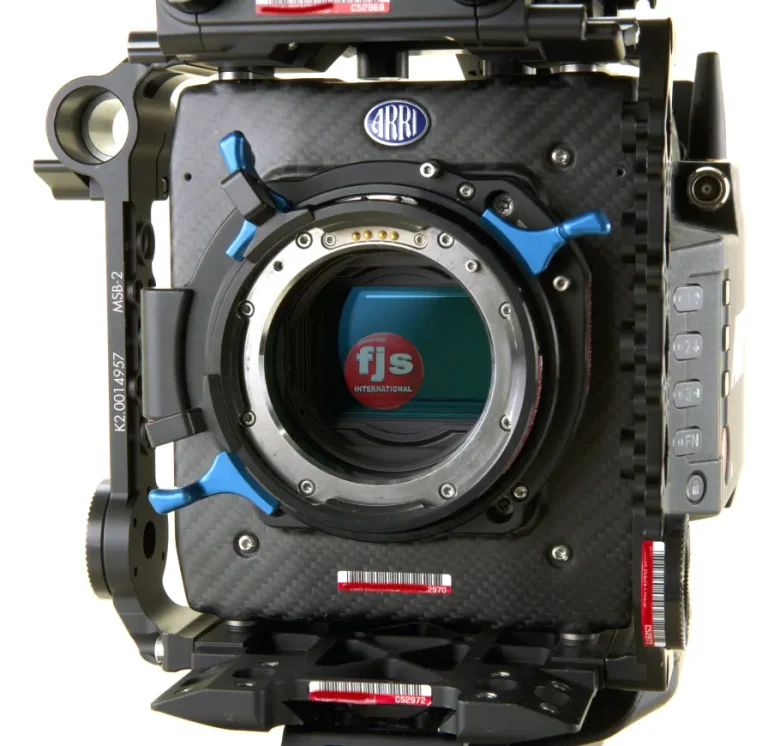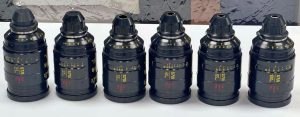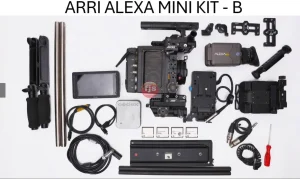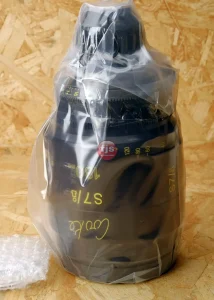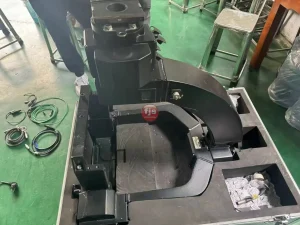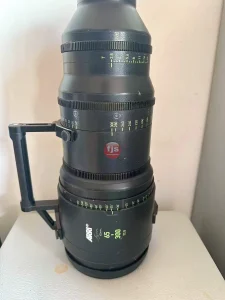Introduction
The Alexa Mini LF is a powerhouse camera capable of capturing stunning, high-resolution footage. When it comes to editing this footage, Adobe Premiere Pro is a popular choice for many filmmakers. While Premiere Pro offers a robust set of tools for editing high-resolution footage, there are a few limitations to consider when working with Alexa Mini LF files.
Key Considerations and Limitations
- System Requirements:
- CPU: A powerful CPU with multiple cores is essential for smooth playback and rendering of high-resolution footage.
- GPU: A dedicated GPU can significantly accelerate the editing process, especially when working with effects and color grading.
- RAM: Ample RAM is crucial for handling large video files and running multiple applications simultaneously.
- Storage:
- High-Speed Storage: Using high-speed storage solutions like SSDs or NVMe drives can significantly improve performance, especially during import, export, and rendering.
- Storage Capacity: Sufficient storage space is required to store the large file sizes associated with Alexa Mini LF footage.
- Color Management:
- Color Profiles: Accurate color management is essential to maintain the integrity of the footage’s color science. Premiere Pro supports various color spaces and profiles, including those used by the Alexa Mini LF.
- Color Grading: While Premiere Pro offers powerful color grading tools, it’s important to be mindful of the computational demands, especially when working with high-resolution footage.
- Proxy Workflow:
- Creating Proxies: Generating lower-resolution proxies can significantly improve performance, especially on less powerful systems.
- Proxy Workflow: Premiere Pro supports proxy workflows, allowing you to edit with lower-resolution proxies and then conform to the high-resolution footage for final output.
Conclusion
While Premiere Pro is a capable tool for editing Alexa Mini LF footage, it’s important to be aware of the limitations and optimize your workflow accordingly. By understanding your system’s capabilities, leveraging proxy workflows, and employing effective color management techniques, you can efficiently edit high-resolution footage and achieve stunning results.
Frequently Asked Questions
Q: Can I edit 8K Alexa Mini LF footage in Premiere Pro? A: Yes, Premiere Pro can handle 8K footage, but it requires a powerful system to handle the increased workload.
Q: What are the recommended system specifications for editing Alexa Mini LF footage in Premiere Pro? A: A powerful CPU, a dedicated GPU, ample RAM, and high-speed storage are essential. Consult Adobe’s recommended specifications for the latest version of Premiere Pro.
Q: How can I improve performance when editing high-resolution footage in Premiere Pro? A: Consider using proxy workflows, optimizing cache settings, and using a high-performance storage solution.
Q: Can I use third-party plugins with Alexa Mini LF footage in Premiere Pro? A: Yes, many third-party plugins are compatible with Premiere Pro and can be used to enhance your workflow and creative possibilities.

